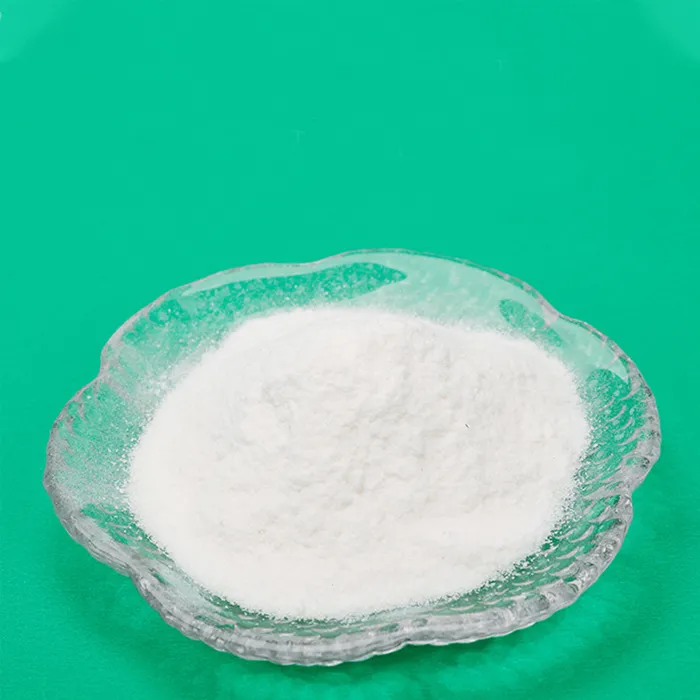Purification of Water Using Alum
Water is one of the most essential resources for sustaining life. However, the growing concerns about water pollution and the presence of contaminants in natural water bodies have necessitated the development of effective water purification techniques. One widely used method for purifying water involves the use of alum, or aluminum sulfate. This article explores the role of alum in water purification, its mechanism of action, benefits, and some considerations regarding its usage.
What is Alum?
Alum is a chemical compound typically found in crystalline form, composed of aluminum, sulfur, and oxygen. In water purification, alum is primarily used as a coagulant that helps to clarify and remove impurities from water. Its effectiveness in flocculation makes it a popular choice among municipalities and industries for treating drinking water and wastewater.
How Does Alum Purify Water?
The purification process using alum involves several stages. When alum is added to contaminated water, it dissolves and produces aluminum ions. These positively charged ions attract and bind with negatively charged particles, such as clay, silt, and organic matter, present in the water. This process is known as coagulation.
As the aluminum ions and impurities bind together, they form larger particles called flocs. This aggregation increases the size and weight of the particles, making it easier for them to settle at the bottom of a treatment tank or being filtered out. The settled flocs can then be removed, along with the contaminants they have collected, resulting in clearer and cleaner water. In many cases, additional steps such as sedimentation and filtration follow coagulation to ensure the removal of any remaining particles.
Benefits of Using Alum
purification of water using alum

2. Widely Available Being a common compound, alum is readily available in various forms, which makes it easily accessible for large-scale water purification projects.
3. Effective Removal of Impurities Alum effectively removes not only suspended solids but also harmful bacteria and viruses, rendering water safer for consumption.
4. Quick Action The coagulation process occurs rapidly, allowing for faster turnaround times in water treatment facilities.
5. Versatile Usage Alum can be used for treating various types of water, including surface water, groundwater, and industrial wastewater, making it a versatile option for different purification needs.
Considerations and Limitations
While alum is effective for purifying water, there are considerations to keep in mind. The use of alum can lower the pH of water, which may necessitate the addition of lime or other chemicals to raise it back to a neutral level. Additionally, while alum can remove many impurities, it may not completely eliminate certain contaminants, such as dissolved heavy metals or pesticides. Therefore, it is often used in combination with other purification methods.
Another concern is the environmental impact of aluminum sulfate. There's ongoing research into the potential effects of residual alum on aquatic ecosystems, as aluminum can be toxic to fish and other aquatic life in high concentrations. Consequently, proper dosing and monitoring are crucial to ensure safe levels in treated water.
Conclusion
Alum plays a vital role in the purification of water and has been a reliable choice for municipalities and industries for decades. Its ability to clarify water by removing suspended particles and pathogens makes it an essential component in water treatment processes. However, understanding its limitations and environmental implications is critical for its effective and responsible use. As societies continue to grapple with water pollution, exploring innovative and sustainable water purification methods, alongside traditional practices like alum treatment, will be essential for ensuring access to safe and clean water for future generations.

